UST Inc. Continues to Work on the Project for the Leningrad Region
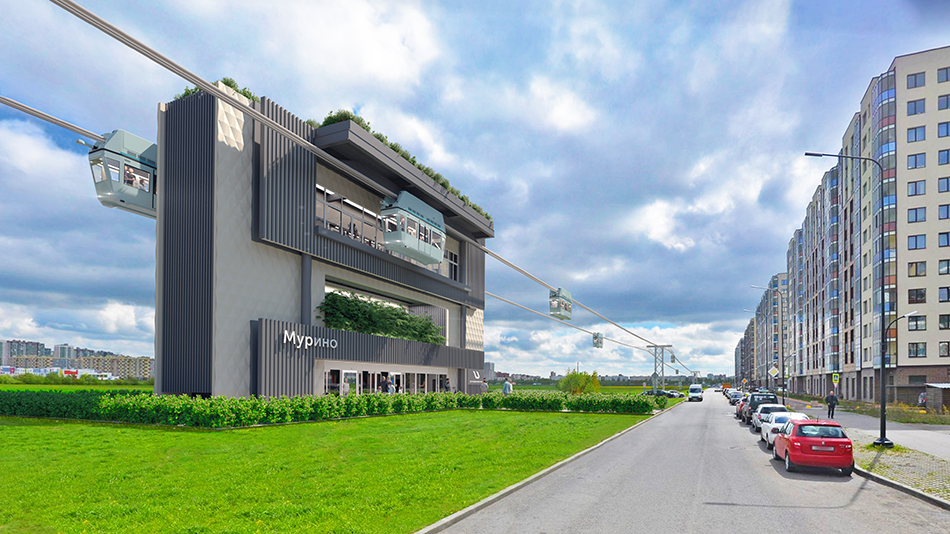
The company's specialists met with representatives of the Leningrad Region Administration to discuss issues related to the uST complex project in Murino. As a reminder, a working group was previously established to thoroughly examine potential routes. During the project’s development, several nuances arose that required discussion with the regional authorities.
Difficulties in utility location
The UST Inc. complex can address logistical challenges on the mentioned route, optimize transportation, and alleviate pressure on the transport infrastructure. The current road capacity is inadequate for the volume of vehicles in the city. Due to its high carrying capacity, traffic volume, and reliability, uST transport can handle a significant share of the city's traffic.
To implement this project, the company's specialists must overcome several challenges. One major difficulty is that the area through which the route passes is densely built up and saturated with utility networks. Work is currently underway to address this issue, according to Artem Kabakov, Chief Project Engineer at UST Inc.:
"We have prepared preliminary alignment options using open data sources. We are now collecting more precise information on engineering networks, after which we will be able to work out the route and the installation of supporting towers and anchoring structures in detail. The optimal location for our structures is expected to be in areas where existing underground utility networks are already laid. Additionally, some water supply and sewerage system collectors run along the potential route. Therefore, we will consider either locating the complex along a neighboring street or integrating it with existing facilities, using different types of supports to maximize the preservation of existing utility networks."
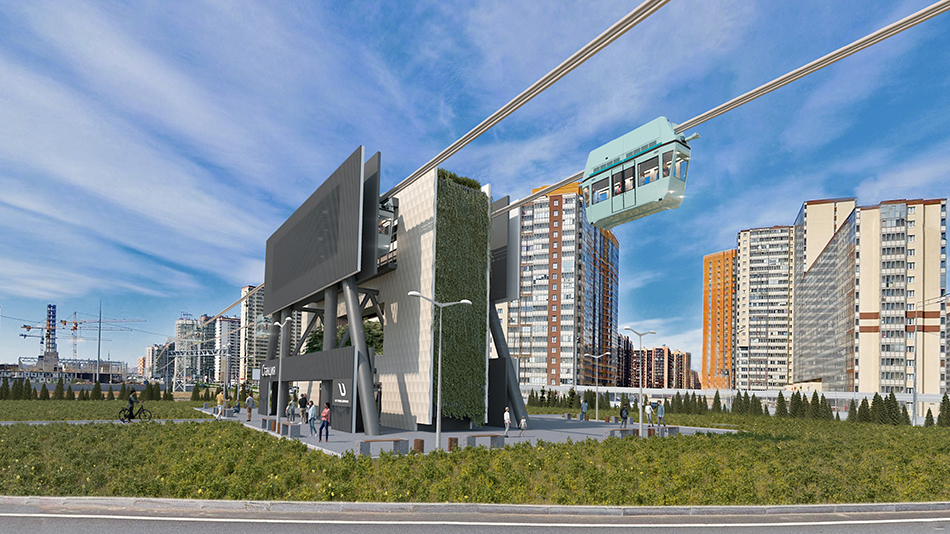
In parallel, UST Inc. engineers are negotiating with the federal electric company regarding the possibility of constructing the uST complex within the power line protection zones that run along the boundary of the community where the complex is to be built.
Land issues
Another challenge encountered by UST Inc. engineers is that most of the land in Murino belongs to private developers, and no facilities are expected to be built there.
"After final approval of the alignment, we will know exactly which land plots are planned to be crossed by the string rail overpass. Since some of the land belongs to the Leningrad Region municipality and some has already been transferred to developers, we will either use the state procedure to request land allotment from the authorities or consider purchasing land plots from developers for our structures," said Artyom Kabakov.
After receiving all the data and approving the concept of the complex and its alignment with the regional authorities, the next steps will include preparing pre-project, design, and working documentation, coordinating it with state structures, and completing the necessary expert reviews.
More news
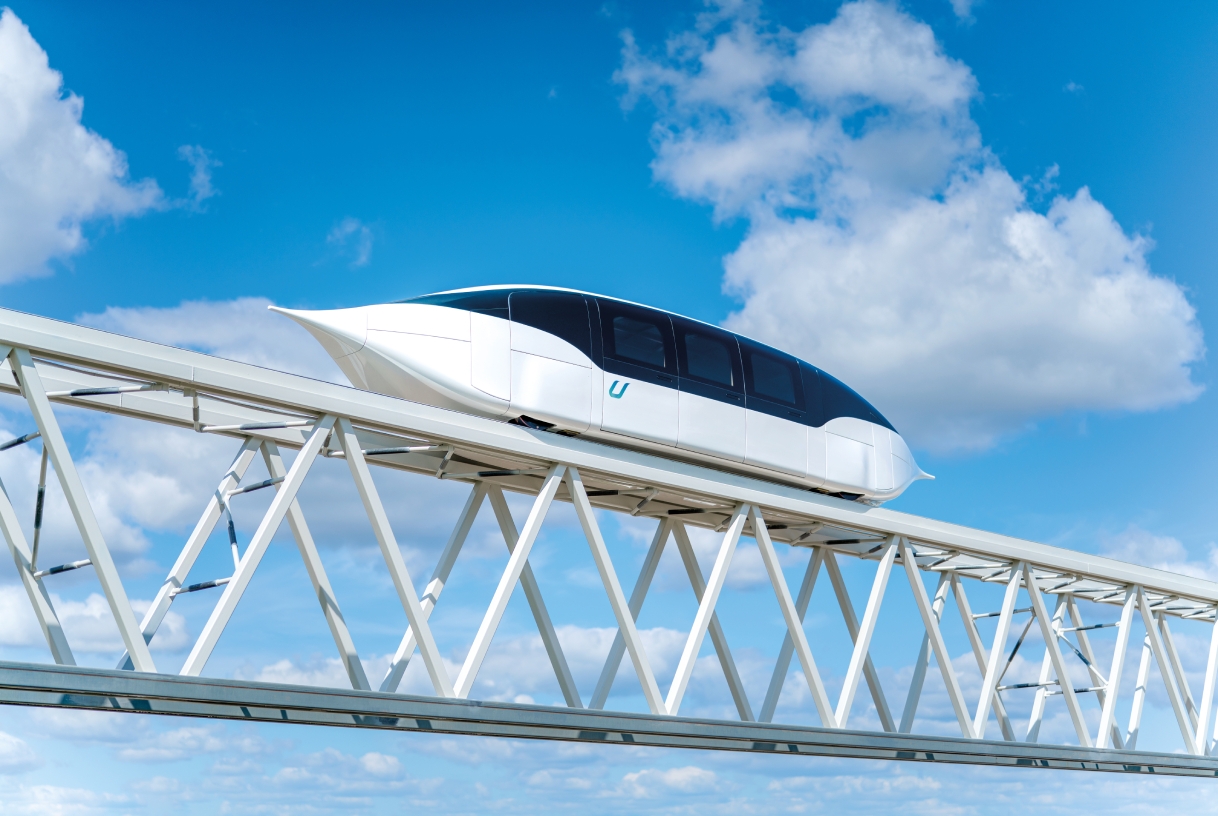
News
10 May 2023
Improved uFlash is Ready for Testing
High-speed uFlash is installed on the track structure in EcoTechnoPark. After the upgrade, uFlash will have to undergo series of research tests that will follow the commissioning works.
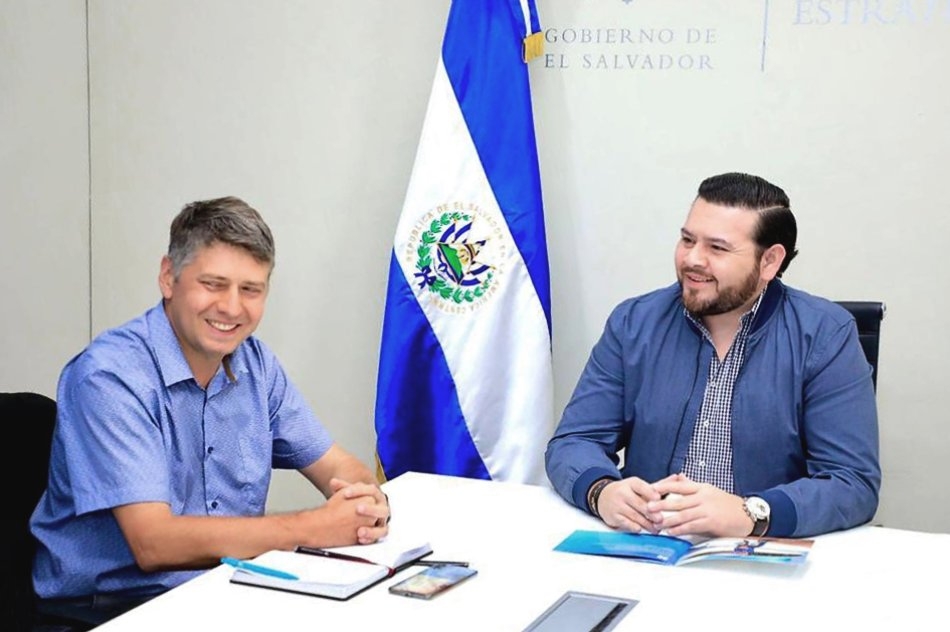
News
9 November 2022
El Salvador Intends to Integrate UST Inc.’s Technology Into a Project Under the Presidential Program Construction
The authorities of the city of Sonsonate intend to use uST Transport and Infrastructure Solutions. In this regard, the city municipality invited specialists from UST Inc. for joint preliminary study of the configuration and localization of complexes.
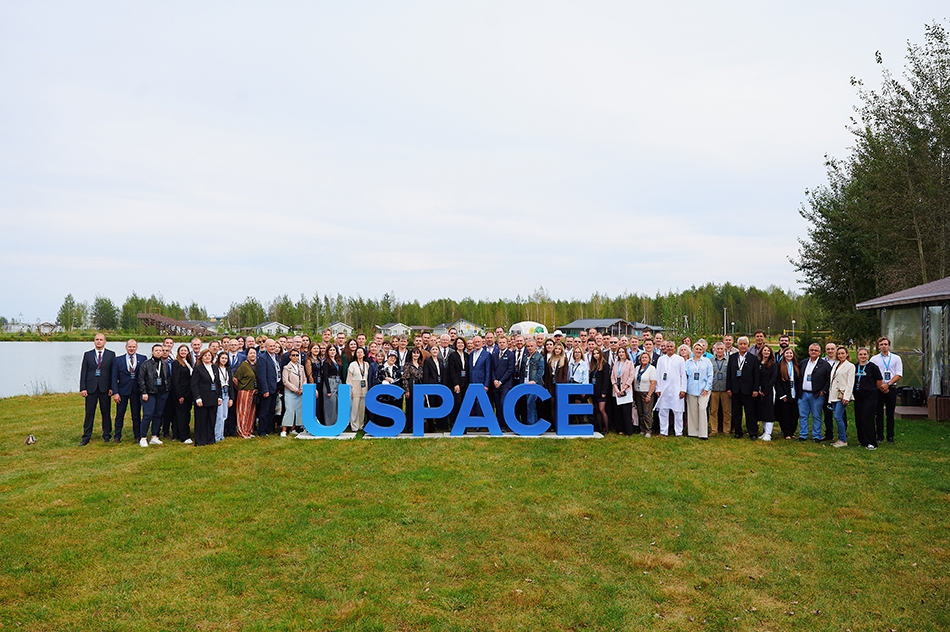
News
19 September 2025
The 8th Global Conference on Near-Space Industrialization has concluded in Belarus
Held under the motto “Earth is for life. Space is for industry,” the event brought together over 500 participants both in person and online.

